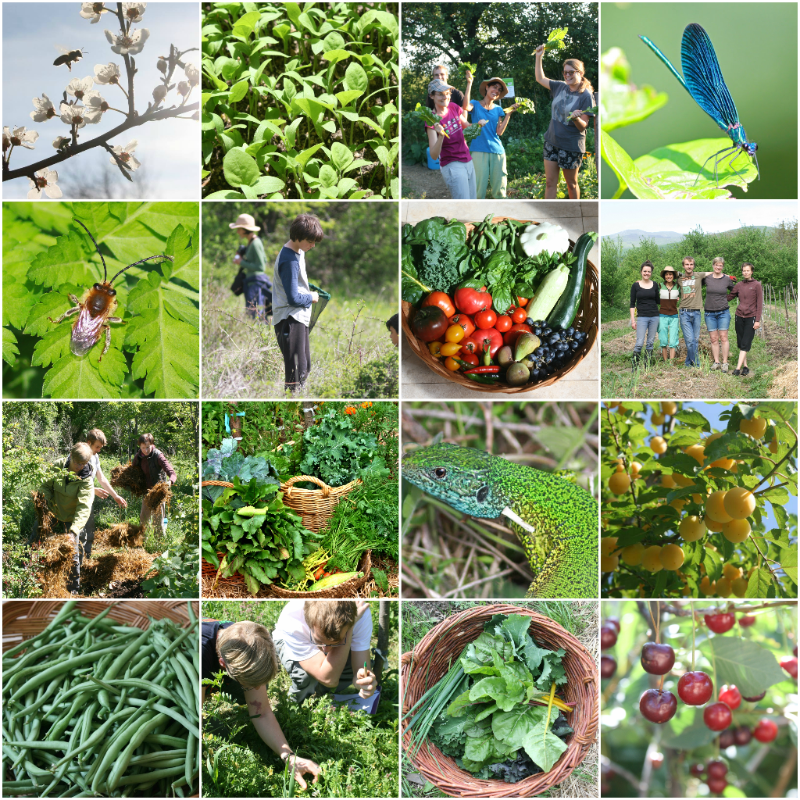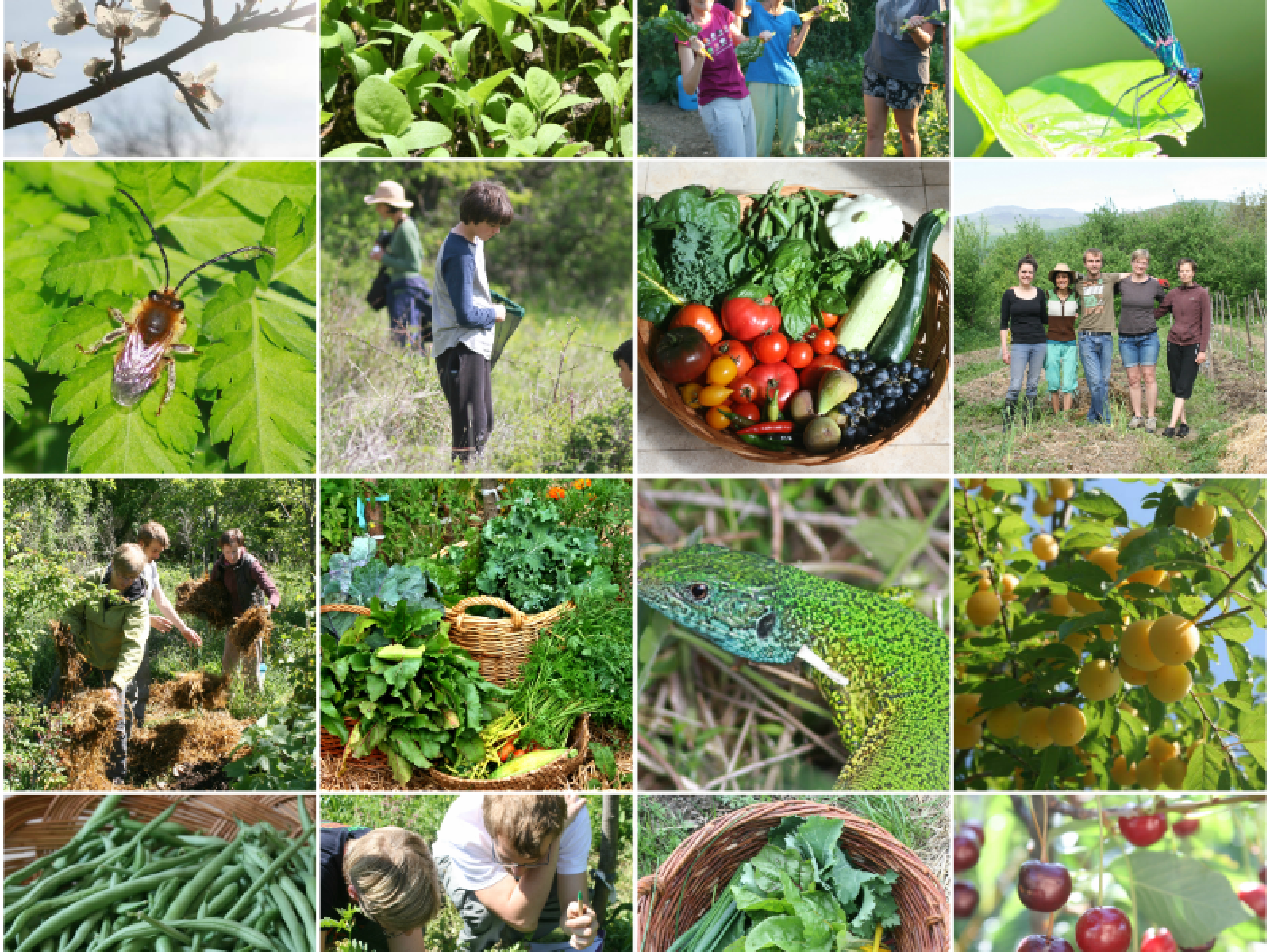An Overview Of Our Solution
- Population Impacted:
- Continent: Europe
Organization type
Population impacted
Size of agricultural area
Production quantity
People employed
Describe your solution
Describe your implementation
External connections
What is the environmental or ecological challenge you are targeting with your solution?
Describe the context in which you are operating
Balkan Ecology Project (www.balkep.org) is based in the town of Shipka on the foothills of the Central Balkan Mountains in the Rose Valley, Bulgaria. The area boasts high levels of biodiversity, beautiful countryside and historical sites of global, cultural and scientific significance. Many households grow fresh fruit vegetables in their gardens and until recently environmentally friendly subsistence agriculture was widely practiced in the region. With EU accession in 2007 financial incentives to turn to industrial models of food production were high, and since then have slowly and steadily increased over the last decade with little being done to try and preserve the natural assets. During this period the Balkan Ecology Project was established and has been working on designs for gardens and farms that provide nutritious affordable food while enhancing biodiversity and that are economically viable options for growers.
How did you impact natural resource use and greenhouse gas emissions?
Language(s)
Social/Community
Water
Food Security/Nutrition
Economic/Sustainable Development
Climate
Sustainability
The limiting factor of our models is the market. It’s growing but still limited. It’s difficult to compete with heavily subsidised food producers.
Return on investment
Entrant Image

